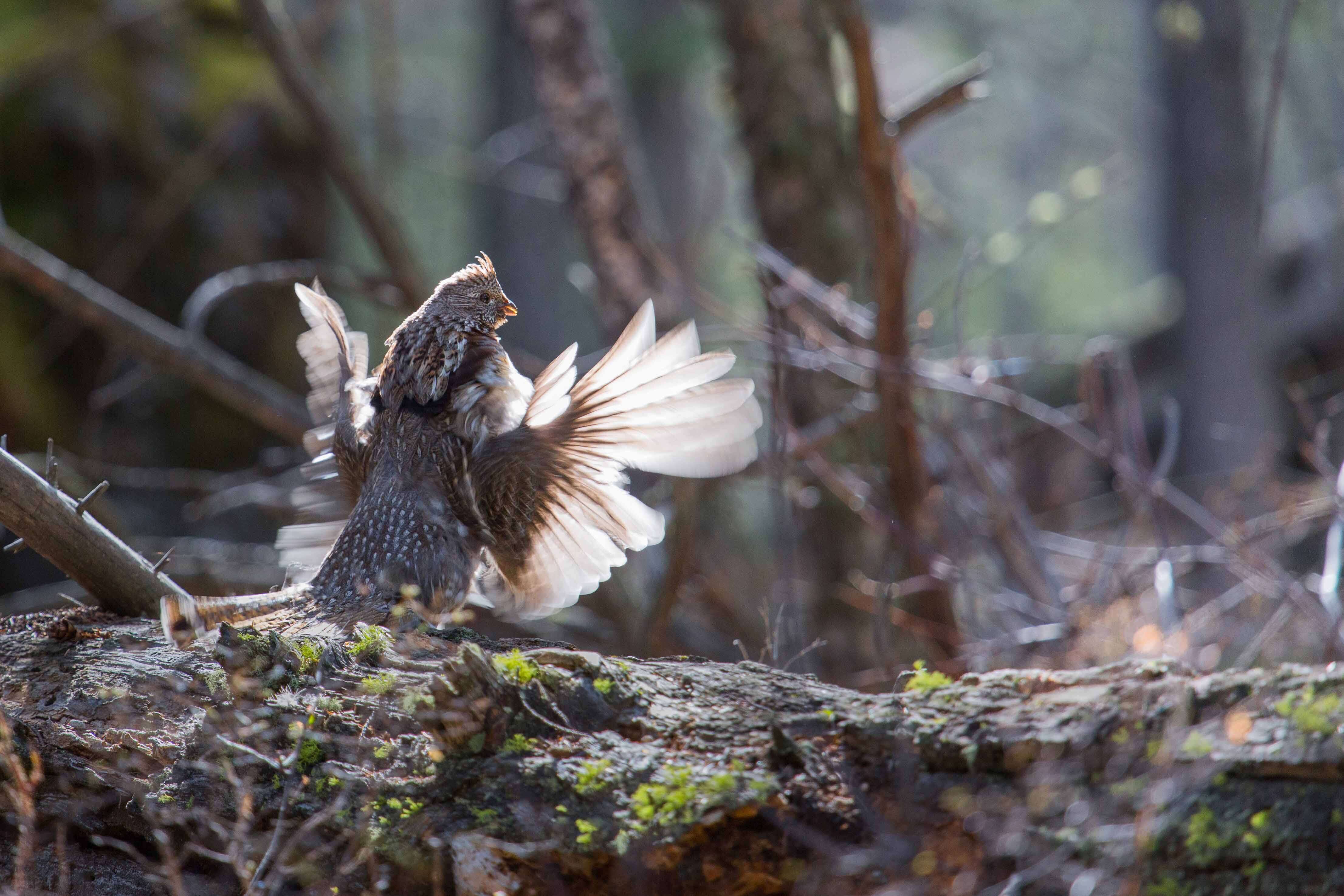
Wildlife diseases are hard to monitor and harder to manage.
Photo: National Park Serrvice
It is, it seems, the dawn of a new wildlife era.
But not necessarily a good one.
Wildlife diseases – from chronic wasting disease in deer and elk to white nose syndrome in bats to mange in bears – continue to pop up in more places and with greater frequency all around the country. Populations are, in cases, devastated.
That’s different from decades past.
“Traditionally, when we look at wildlife health and diseases, it’s really just been a source of attrition. Disease was just one component that often kept wildlife populations in check,” said Justin Brown, wildlife veterinarian for the Pennsylvania Game Commission.
Diseases were left to run their course, with the thought that they would blink out in time without doing too much long-term damage.
“But over the last one to two decades, we’ve seen multiple diseases emerge that have significant implications for wildlife health, for human health, for domestic animal health, that have required our wildlife agencies to actually conduct surveillance,” Brown said.
What all that’s revealed is, in cases, just how little wildlife managers understand.
Take the ruffed grouse in Pennsylvania.
Grouse are notorious for their boom and bust population cycles. Sometimes, grouse numbers would climb above the 50-year average. Other times they would drop below.
Always, though, they rebounded.
That was the case until around 2000 or 2001, anyway. Then, grouse numbers plummeted, Brown said. There have been some modest recoveries, followed by steeper declines, in the years since.
But, Brown noted, they remain below the long-term average, and last year populations were their lowest in five decades.
Brown and grouse biologist Lisa Williams began to look at what was going on.
“On the surface it didn’t look like it was going to be that challenging,” Brown said. “We’re dealing with ruffed grouse, the state bird, a really popular game bird species, for which we have a very passionate community that hunts grouse.
“It seems like we would have a lot of data on them.”
Indeed, the commission did. But only of a kind, and only to a point.
Most of the data, Brown said, was related to population numbers and flush rates.
“But when we look at our data on disease and health, there’s really very little on grouse, in Pennsylvania or nationally. So we had sort of a knowledge gap,” he said.
Eventually, Williams noticed a correlation between grouse and West Nile Virus-carrying mosquitoes. When mosquito numbers peaked, grouse numbers fell.
But that was hard to confirm initially.
West Nile disease first showed up in the United States in New York City’s suburbs in 1999. It’s since spread all across the country, Brown said.
Scientists continue to do all kinds of research on it since.
Most of that work, though, Brown said, is done by public health agencies near urban and suburban areas, where people are concentrated.
“It’s about the polar opposite of where you’re going to find a grouse,” he added.
There’s just not been a lot of information out there about what happens with West Nile “in the woods.”
The commission has been trying to gather that in a variety of ways.
It tracks hunter flush rates to see where grouse are and aren’t doing well. It infected, young, otherwise healthy grouse with West Nile to see how it impacted them. Over the last few years, it’s also collected and studied mosquitoes to see which varieties exist in Pennsylvania’s woods and which are carrying West Nile. With the help of hunters, it collected blood samples from hunter-killed grouse to monitor infection rates among survivors.
That work continues. This year, for example, the commission is studying mosquitoes on seven more sites. Brow nsaid it’s also looking at West Nile prevalence in relation to things like forest elevation and distance to roads, as tire ruts are a known breeding ground for mosquitoes.
Other states are coming on board.
This year, a multi-state look at mosquitoes and West Nile in ruffed grouse is beginning, he said.
The management implications of all these wildlife diseases remain unclear.
The immediate outlook for grouse in Pennsylvania is not good. Grouse numbers have, since the dawn of the 21st century, been at their lowest when West Nile is at its highest.
“And unfortunately this year, we’re on pace for one of the worst West Nile virus years we’ve had in Pennsylvania,” brown said.
But whether biologists will ever be able to predict – year to year or long-term — what impact diseases like West Nile will have on species like ruffed grouse remains a mystery.
There’s just still so much to learn, so many surveillance techniques to develop and perfect, so many challenges.
“We don’t always have, depending on the species we’re dealing with, the best tools to identify disease, to monitor disease, and more specifically to monitor the impacts,” Brown said.
Want to see more? Check us out on Facebook, Twitter and Instagram.








